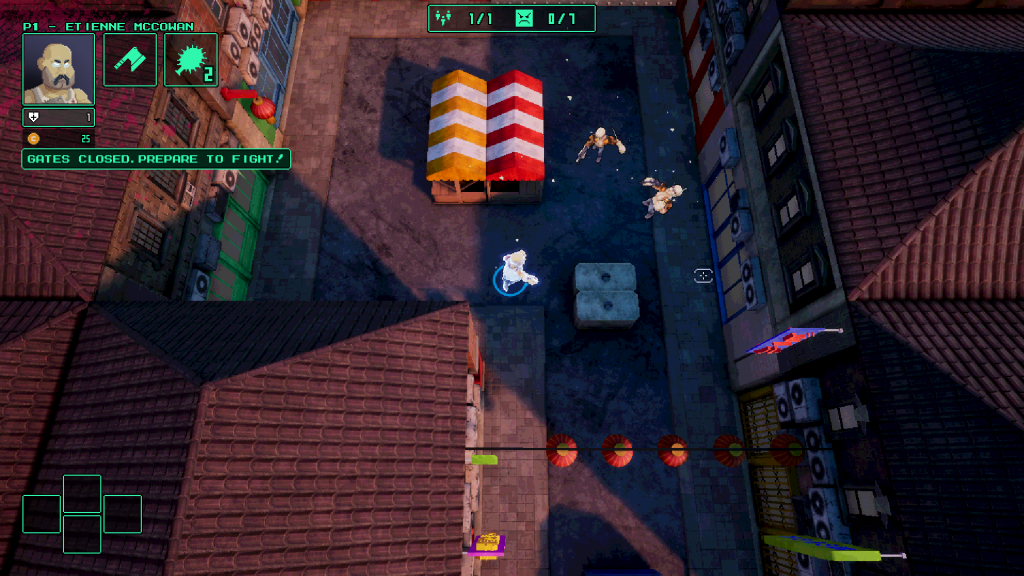

One possibility is that something else, like another branch of the immune system or even the seizures themselves, actually kills the cells, which break open and spill out their contents. So it’s not exactly clear how the antibodies can attack something they can’t see. There are a few other caveats, too - like the fact that leiomodin-1 usually hangs out on the inside of cells, and antibodies can only stick to what they can see on the outside. Still, it would have been a better experiment if the researchers had tested how the neurons fared when they were treated with patient versus healthy samples. When the antibodies were removed from the patient blood sample, though, more of the neurons survived - which suggests that the antibodies can indeed harm neurons.

To put this hypothesis to the test, the researchers dripped the liquid portion of patient blood samples onto neurons growing in a dish - which killed some of them. That’s why the scientists think that when people are infected with the parasite, some of them produce antibodies to fight it off that also inadvertently kill brain cells containing a look-a-like protein. This protein looks remarkably like a protein in the parasite, too. By contrast, only about a third of the healthy controls tested positive for it. The researchers discovered that about half of the blood samples from patients with nodding syndrome contained high levels of a specific antibody the sticks to a protein called leiomodin-1, found in brain cells. They examined the blood and spinal fluid collected from 55 people with nodding syndrome and 55 people without. A team of scientists led by Avindra Nath at the National Institute of Neurological Diseases and Stroke set out to solve it. But the strange thing is that these worms don’t seem to get into the human brain - so exactly how they could be causing seizures has been a mystery. Places with a lot of these infections also tend to have more cases of nodding syndrome. But these interventions aren’t always easy to get in remote parts of Africa, where this worm is endemic in 31 countries. And larvicides can help wipe out the black flies that spread it. Nutmanĭrugs, which can also curb the parasite’s spread.
Vox parasite game skin#
Watch a larva wriggle out of a chunk of human skin Video by Dr. The infection is treatable with anti-parasitic
:no_upscale()/cdn.vox-cdn.com/uploads/chorus_asset/file/22478221/Returnal_guide_polygon__2_.png)
If the larvae travel into someone’s eyes, they can eventually lead to blindness. There, the worms can grow to nearly 20 inches long, and they cluster into little clumps that can itch terribly. Blood-sucking black flies spit the worm’s larvae into the wound they create when they bite, and the larvae take up residence under the skin. For another, only half of the patients with nodding syndrome tested positive for this antibody, which means that something else must be causing seizures for the rest.įor years, researchers have suspected that there’s a link between nodding syndrome and a parasitic worm called Onchocerca volvulus. For one thing, it’s not clear that the antibodies actually cause seizures by attacking brain cells. When certain people are infected with the parasite, they produce an antibody to fight it off - one that can also kill brain cells, the researchers suggested in the journal Science Translational Medicine. These worms could be causing seizures by a kind of immunological friendly fire


 0 kommentar(er)
0 kommentar(er)
